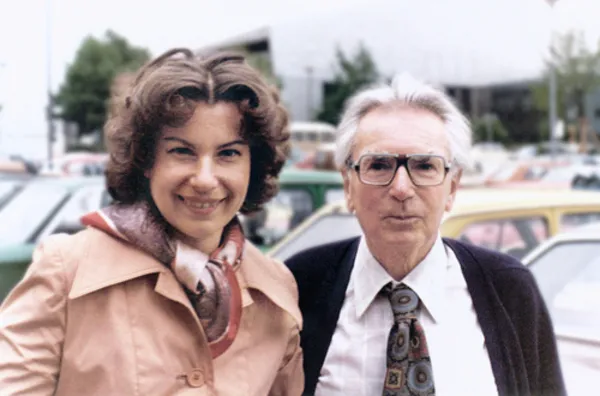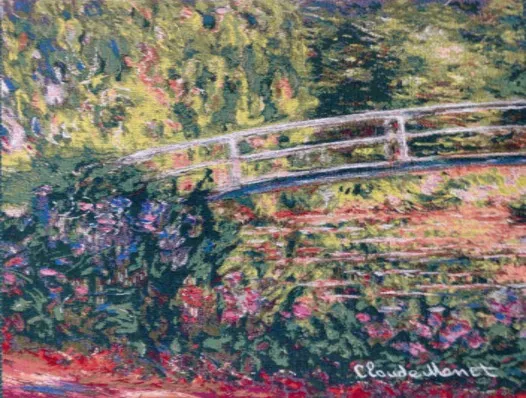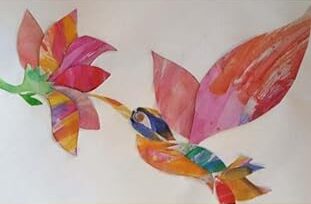Tag: Logotherapy
-

A Snapshot of Meaningful Moments with Prof. Dr. Elisabeth Lukas
If I was to arrange my memories with Dr. Elisabeth Lukas in a photo album, the album would span several decades. My first memory reaches back to 1982. There is a beautiful Christmas tree in my grandparents’ home. It is set on a table with glorious decorations and best of all, marzipan candies covered in…
-

From Fear to Trust: Approaching the Neuro-psychological and the Spiritual in the Context of a Three-Dimensional View of the Person
From fear to Trust: Approaching the Neuro-psychological and the Spiritual in the Context of a Three-Dimensional View of the Person
-

Choosing the Path of Meaning: Breaking the Chains of Violence and the Aggression of War
The current war in Ukraine rests on a fundamental error and faulty attitudes that lead to a vicious cycle of destruction and self-harm. While the implications of this harm to the self, in addition to others, may not immediately perceptible, its consequences are far reaching and deeper than physical wounds.
-

“Existential Angst,” and “Existential Threat:” Implications for Healing and Working Toward Peace
An examination of existential angst and existential threat from an existential perspective reveals that the two dynamics intercept each other at the common point of anxiety. How one chooses to respond to anxiety can have implications for peace-making and healing.
-

Mystery, Symbols, Metaphors, and Meaning: Logotherapy During the Holidays
In the Christian tradition, Advent, the four weeks before Christmas is a time of waiting and preparation. We prepare our hearts and minds for welcoming the Christ Child. Jesus is the “Light of the World.”
-

Logotherapy and Existential Analysis for the Management of Moral Injury
In the Christian tradition, Advent, the four weeks before Christmas is a time of waiting and preparation. We prepare our hearts and minds for welcoming the Christ Child. Jesus is the “Light of the World.”
-

Saying Yes to Life
Saying Yes to Life. Notes from an Interview with Alexander Batthyany and Elisabeth Lukas on Viktor E Frankl’s logotherapy and existential analysis. January 15, 2021.
-

The Art of Living
The Art of Living. Walking tour Exhibition. Viktor Frankl Museum Vienna. Re-reading Viktor Frankl. Reflection notes.
-

Wax will Glow—Candle Meditation
Candle Meditation to illustrate the basic principles of Viktor E Frankl’s Logotherapy and Existential Analysis.
-

Carried by the Spirit
Carried by the spirit: Our hearts sing. Discerning meaning during the COVID-19 pandemic. New book edited by Maria Marshall and Edward Marshall.